Developing New Scenes
- oneandthreequarter
- Jan 24, 2024
- 3 min read
This week we made some very strong progress. The first half of our rehearsals was used to develop the “makeup scene”. I don’t want to give away too many spoilers so I shan’t be too descriptive but in this scene, we explore and explain the ways in which disabled people find different techniques to do every-day tasks that may not be so obvious but in some cases make complete sense! In this particular scene, we are focusing on Susie’s techniques as someone who is visually impaired. However, we also delve into the world once again of misconceptions and the way some of society perceives people with disabilities and their assumptions about their disability versus their skills.
To start off with we used an exercise where we all mimed putting on our makeup, or part of it, as accurately as we could and repeating this almost as a sequence. We then presented it to each other- taking turns- explained what we were doing and then proceeded to copy one another. Then one person would repeat the sequence in a very small manner and the other person would do it in a large one. I chose to focus on just my eye make-up for one eye. I thought it was interesting as you really have to focus on how you perform specific actions and how you old products or tools. How much of a gap do you leave between your fingers to show what you’re holding? How wide is your makeup brush? Your eyeliner? Your mascara? And when you’re so used to seeing yourself in a mirror it’s suddenly very strange to do your makeup without one. You almost forget where your features are. To make things look realistic and communicate what you’re doing clearly you have to really focus. Do you pull any stupid faces when you do parts of your makeup? I know I have one eyelid flickering when I do my eyeliner and my eyes rolling back when doing my mascara. When it came to sharing with the others you then have to think about your commentary. Are you describing things well enough for people to understand? If everyone had their eyes closed would they be able to picture what you were doing vividly? These sorts of exercises are really good for a number of things but for us they help us to develop scenes more accurately and provide better imagery for all. It allows us to understand where we really need props, where we as actors can describe clearly enough what we’re doing or when we might need an audio commentary which we can have through a narrator.
From this exercise came the foundation and a draft of a script for a new scene tackling the two subjects as stated previously.
The second half of rehearsals focused on a different scene- one that stems from my own experiences. It’s not uncommon for those on the Autism Spectrum to dislike being touched, whatever that may mean to the individual, be it at all, certain part of their body, by certain people, for certain lengths of time etc. It’s very difficult to explain to people the sense of discomfort you can get from being touched when you don’t like it. And in this scene we try to show how even the smallest of actions can be most chaotic in some people’s head. It comes from a genuine experience, from not that long ago, to do with a label.
To start off with we started by playing a game, similar to that of tag rugby, where we tucked a scarf down the back of one of our tops and everyone else has to try and grab it from you. If they are successful, they tuck the scarf into their top and we have to try and get it from them. Often people end up cornered or getting aggressive making the person with the scarf panic a little.
We then altered the exercise where I constantly had the scarf but the other were trying to get it in different stages of being- the first being very loose like jelly and not that capable of getting it, the second very lad back and not fussed about the scarf, the third more interested in the scarf but not determined, and so on and so on until they’re very eager and somewhat aggressive. This is a very good way of showing the building tension and enhanced catastrophe someone might find certain actions, like unwanted touching.
By the end of rehearsals it was obvious that as a group we are very happy with the progress we are making and how the script and performance is coming along. Exciting developments are being made and we can’t wait for you to see the final piece!
Until next time,
Ursula






Comments